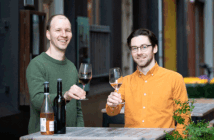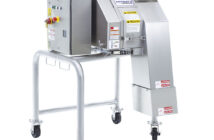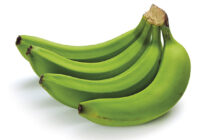University of Auckland research overturns the long held view that hand picking of grapes is needed to produce the best Sauvignon blanc.
“New Zealand Sauvignon blanc is recognised as the best in the world, winning numerous international awards in recent years,” says lead researcher Associate Professor Paul Kilmartin.
“Machine harvesting is well-established both here and overseas, but it has generally been considered second-best in terms of grape quality and purity.
“Our research provides the first published comparison of wines produced by machine and hand harvesting, and shows that machine harvesting results in higher levels of the passion fruit and grassy aromas that are so desirable in New Zealand Sauvignon blanc.”
But these aren’t the only findings with the potential to revolutionise winemaking. Other work led by Dr Kilmartin has shown that adding sulphur dioxide as soon as the grapes are harvested also results in higher levels of the characteristic aromas.
“Sulphur dioxide is widely used by winemakers to prevent oxidation and the growth of microbes, and is added at different stages of the winemaking process. We found that adding adequate sulphur dioxide prior to fermentation, to match grape juice oxidation status, stops naturally-occurring enzymes from chewing up the thiol compounds responsible for the passion fruit aroma, particularly during longer truck transport times.”
This does not result in higher levels of sulphur dioxide in the final product however.
“The compound is broken down by the yeast responsible for fermentation, so even if more is added prior to ferment the levels in the finished wine are no higher.”
Dr Kilmartin will presented this research last month at the American Society for Enology and Viticulture (ASEV) conference in Portland, Oregon and at the International Workshop in Vineyard Mechanisation and Grape and Wine Quality in Piacenza, Italy.
The results are already benefiting New Zealand industry, however.
“We work closely with local winemakers and shared our findings with them earlier this year,” says Dr Kilmartin.
“Many have already started to re-examine their harvesting approaches in the light of this research. For instance one of the wineries we partner with has shifted to machine harvesting for their premium Sauvignon blanc, to maximise the tropical fruit aromas in their wines.”
Winemaker Murray Cook from Villa Maria Estate explains that the sulphur dioxide findings are also being used.
“Based on Paul’s research we doubled the amount of sulphur dioxide added in the field for the 2012 Sauvignon blanc vintage, and the comments we’re getting from blending are that the vintage is really strong.”
In theory the levels could have gone even higher, but the winery has chosen to keep them within limits suitable for organic production.
“The research coming out of The University of Auckland is very relevant. It means that there are more tools at our disposal to make better wines for the future,” says Mr Cook.





























































































